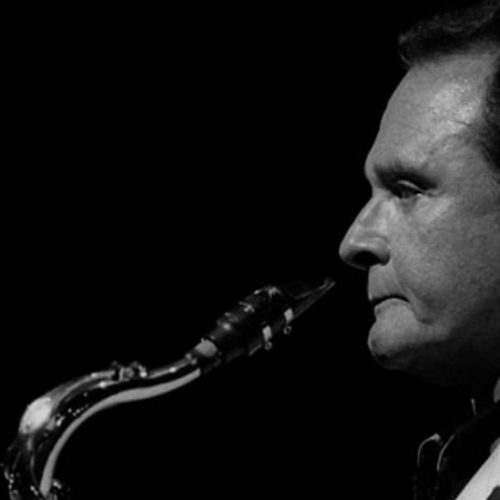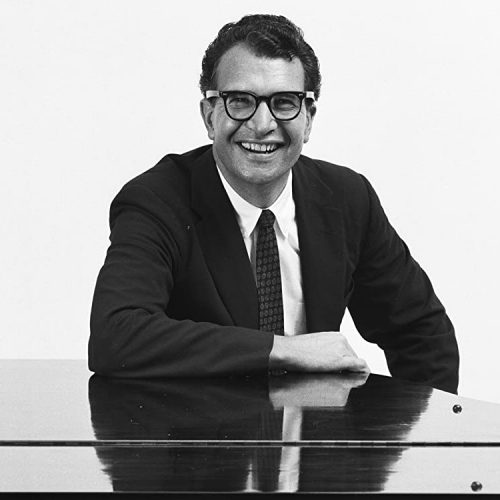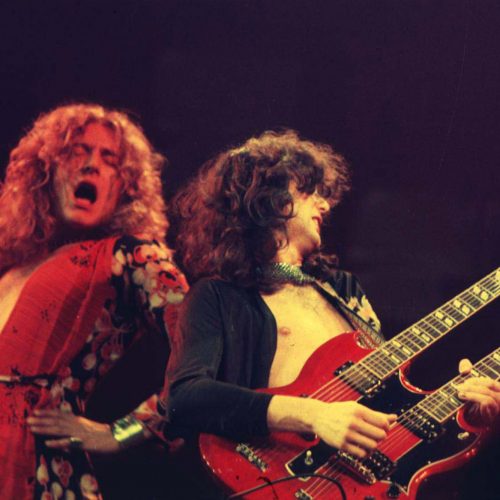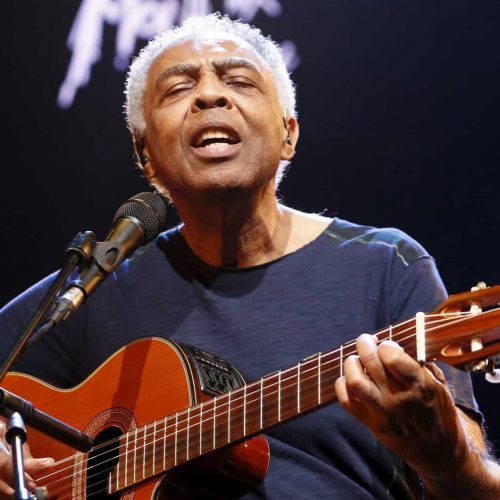The Rise And Fall Of The Bossa Nova Era
Bossa nova is a style of Brazilian music that originated in the late 1940s and early 1950s. The genre has been described as “Brazilian jazz” and “Latin pop.” In the 1960s, bossa nova became an international sensation, influencing musicians worldwide.

The Bossa Nova Era Begins.
By the mid-1960s, bossa novas were being played by artists such as Stan Getz, João Gilberto, Antonio Carlos Jobim, Astrud Gilberto, and Caetano Veloso. These musicians helped spread the popularity of bossa nova throughout Europe and North America.

The Bossa Nova Hits America.
In 1966, American jazz musician Dave Brubeck released his album Time Out, featuring the song “Take Five.” This song became an international hit and helped bring bossa nova into the mainstream.

The Bossa Nova Gets Rejected.
In the late 1960s, bossa novas began to fall out of favor as rock music took over the airwaves. Rock musicians such as Bob Dylan, Jimi Hendrix, and Led Zeppelin played with the genre, and by the end of the decade, bossa nova was considered old fashioned.






